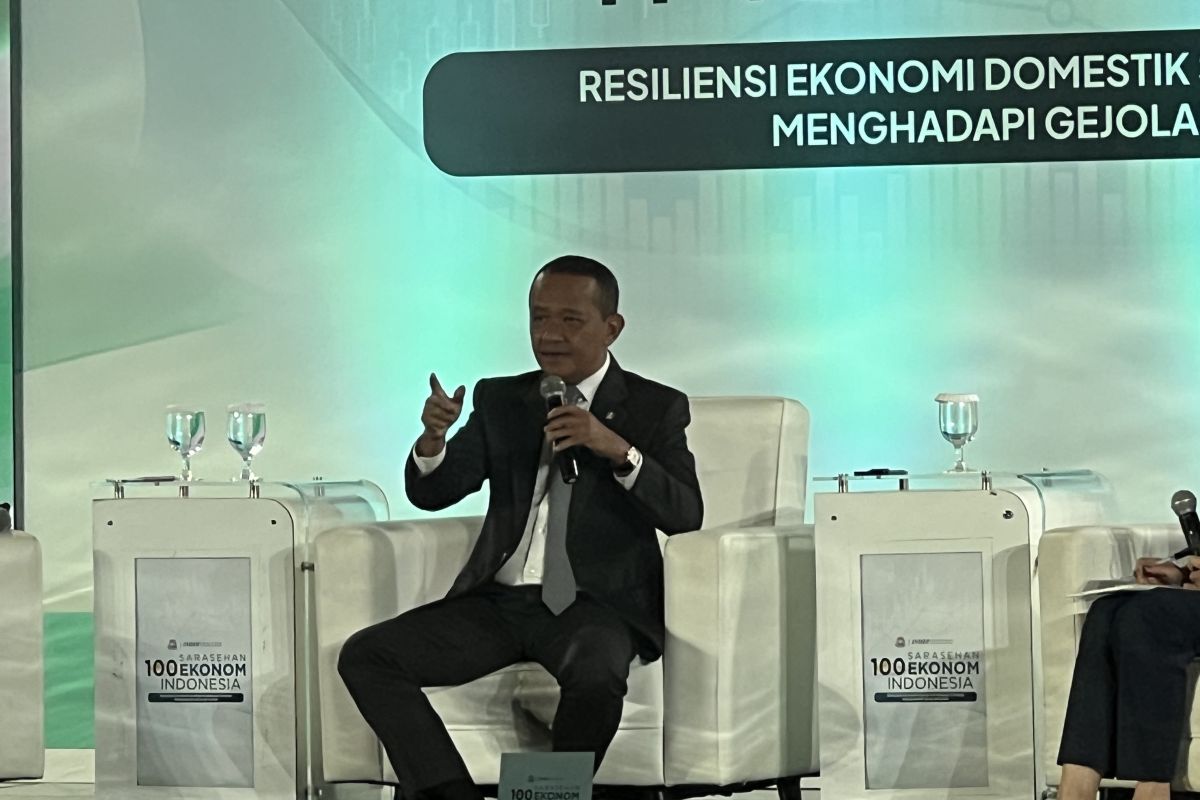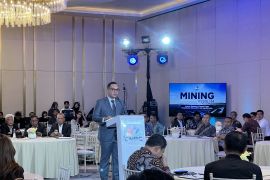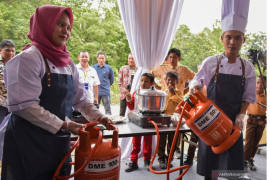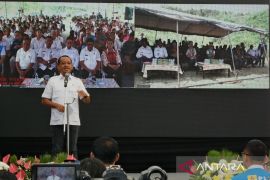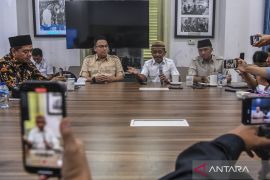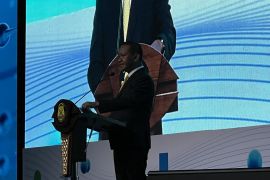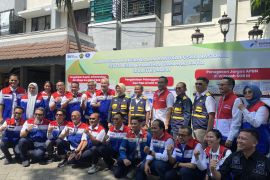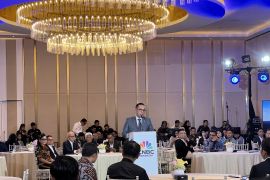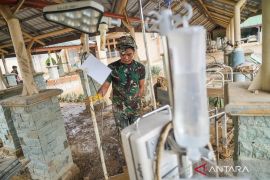Minister of Energy and Mineral Resources Bahlil Lahadalia, speaking in Jakarta on Tuesday, said the results of these technology trials will determine which one Indonesia will adopt.
“We are now conducting the feasibility study (FS) on the technologies, but there are currently two main options: one from China, and the other a combination of South Korean and European technologies,” he stated.
Regarding domestic infrastructure readiness to support the DME policy, Lahadalia said there are no obstacles.
He added that the availability of coal as the raw material is also not an issue, as DME production requires low-calorie coal.
“We have abundant coal reserves and the technology is already much more efficient. So this will be much better,” he remarked.
Lahadalia said that the coal downstreaming project to produce DME is one of 18 projects whose concepts and pre-feasibility studies have been completed by the Task Force for the Acceleration of Downstreaming and National Energy Resilience.
According to the official website of the Ministry of Energy and Mineral Resources (ESDM), DME shares chemical and physical properties with liquefied petroleum gas (LPG), which means DME can utilize existing LPG infrastructure, such as cylinders, storage facilities, and current handling systems.
The downstreaming of coal into DME aims to reduce Indonesia’s LPG imports, currently recorded at approximately 6.91 million metric tons or nearly 7 million tons.
Domestic LPG demand is around 8–9 million metric tons, but only 1.97 million metric tons can be supplied locally.
Indonesia’s domestic demand for DME is projected to reach 11 million tons per year, creating a large market opportunity for investors willing to bring in efficient and sustainable technologies.
Related news: Govt to build gas pipelines in 15 districts, cities in 2025-2026
Related news: Indonesia, Brazil chart path toward energy and mining growth
Translator: Putu Indah, Kuntum Khaira Riswan
Editor: M Razi Rahman
Copyright © ANTARA 2025
